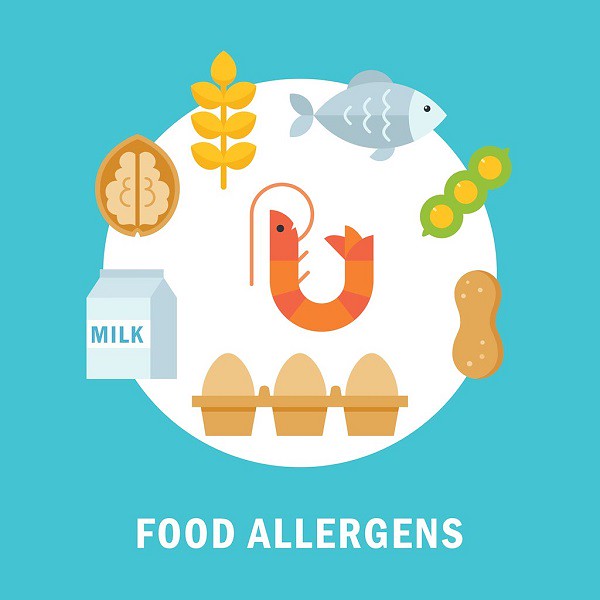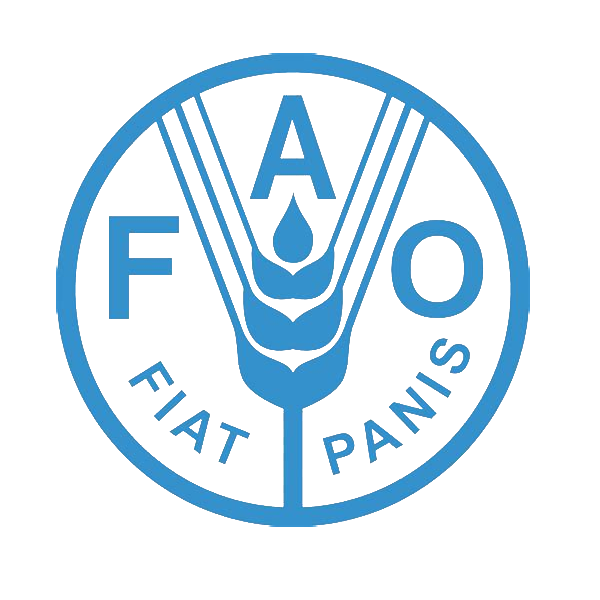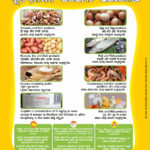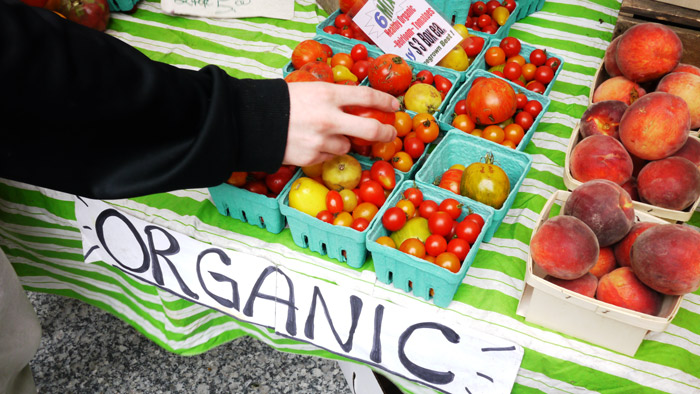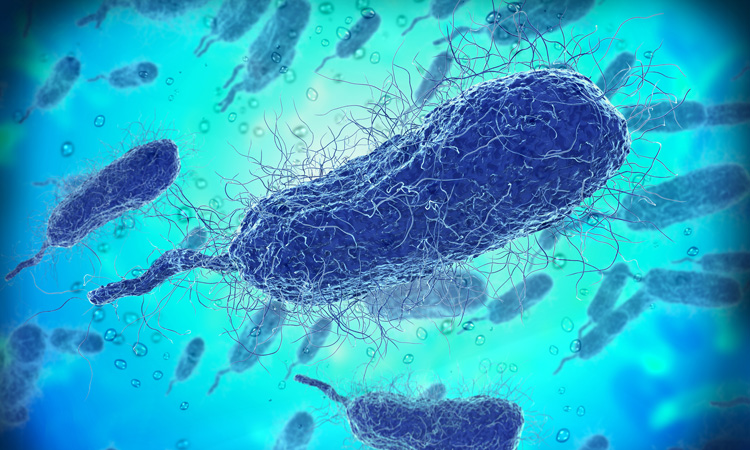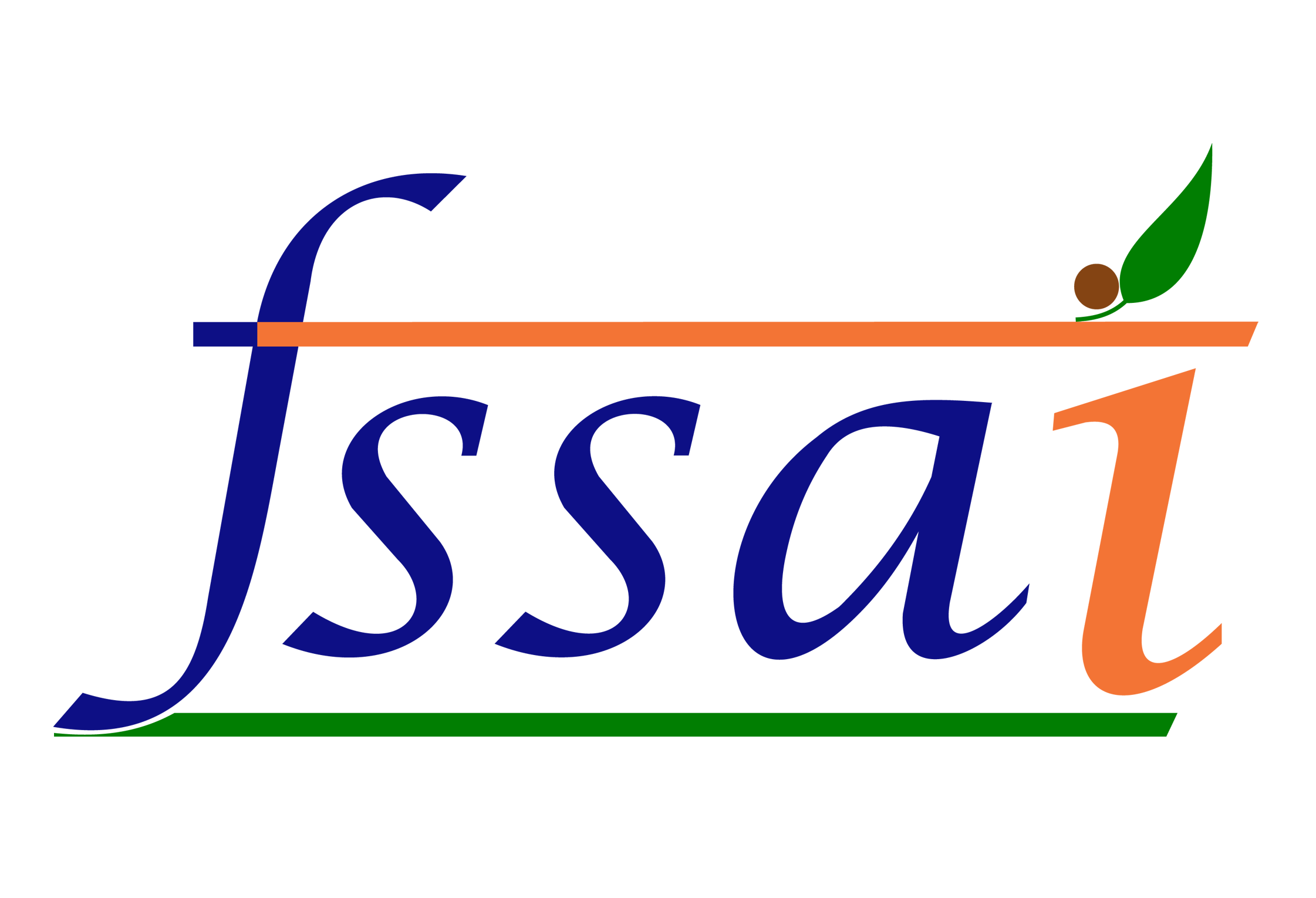As many as 500 million people around the world have to be careful about what they eat because certain foods can cause a dangerous allergic reaction, and even be life-threatening. But how much of substance is enough to cause a reaction? That was a question for a joint FAO-WHO committee in March 2021, when the second in a series of three meetings was held on foodborne allergens and recommended to Codex Alimentarius Commission, to establish international standards for food safety, that the following foods should be considered as allergens and listed on food packaging labels:
- walnut (and pecan), almond, cashew (and pistachio) and hazelnut;
- milk;
- peanut;
- egg;
- sesame;
- wheat; and
- fish and shrimp.
“Not only have the experts prioritized which foods need the most attention, but now the experts have recommended threshold amounts of these allergens that would likely cause problems for allergic consumers if they were eaten,” Kang Zhou, FAO Food Safety Officer said. This information will provide the foundation to inform risk management and risk mitigation strategies to protect the public.
Read the complete story here.

